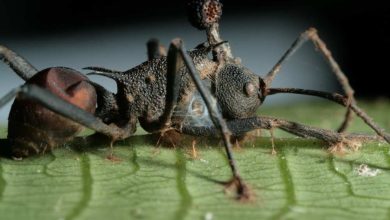Repairs and maintenance in the Garden: Irrigation, Pots and Tools
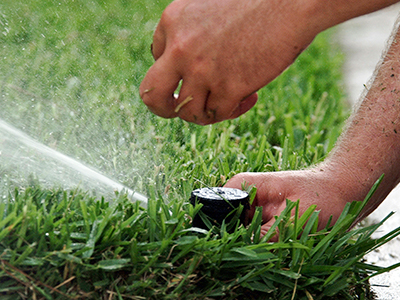
In this article we present a series of tips and recommendations to repair and maintain the irrigation system, tools and cultivation containers that we have in our orchards in good condition.
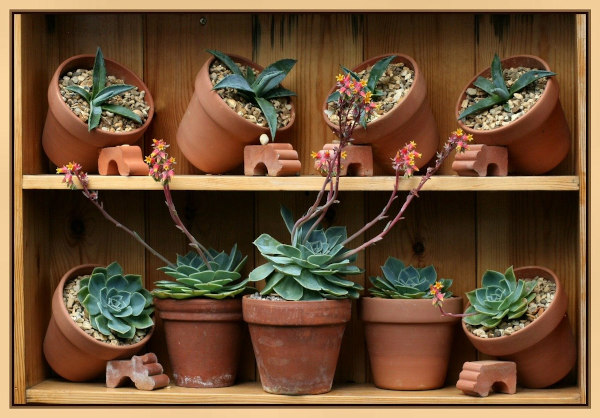
At Agrohuerto we are committed to the circular economy, recycling and reuse. That is why we want to give you advice to extend the life of all the elements and materials that are part of your garden. If something can be repaired and still work, it will be better for the environment than buying something new.
Repairs and maintenance of the irrigation system
The most appropriate thing is that the irrigation in the orchard is by means of drip irrigation. Other systems such as exuding tape or micro-sprinkler can also be used. These systems are more efficient in the use of water than other traditional systems such as flood irrigation or blanket irrigation.

It is very important that the irrigation system (drip, micro-sprinkler, etc.) is in the best conditions when we need it. The time when we are going to use it the most is summer, so in spring it is convenient to check it and see that everything works correctly. It is time to repair the leaks and make sure that the programmer works correctly, so that if we go on vacation we can be sure that it will continue to work.
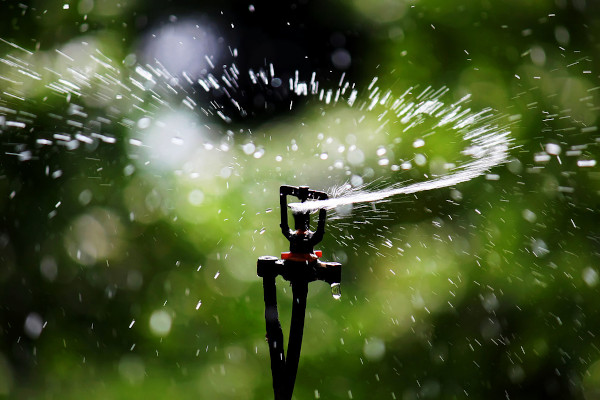
When the irrigation season ends, normally when autumn arrives, it is convenient to remove all the elements that can be damaged by frost, such as the programmers that are outdoors.
Repairs and maintenance of culture vessels
If you have a flowerpot or part of the garden plants are in pots, it is important that you make sure that these pots or containers are not cracked, split or broken. Apart from aesthetic issues, the fact that the pots are broken causes the water to leak out, is wasted and the plants do not take advantage of it. You can buy an adhesive suitable for different materials, to carry out this type of repair.
From Agrohuerto we recommend that you use growing containers made of wood, clay or ceramic, and that you avoid using plastic pots.
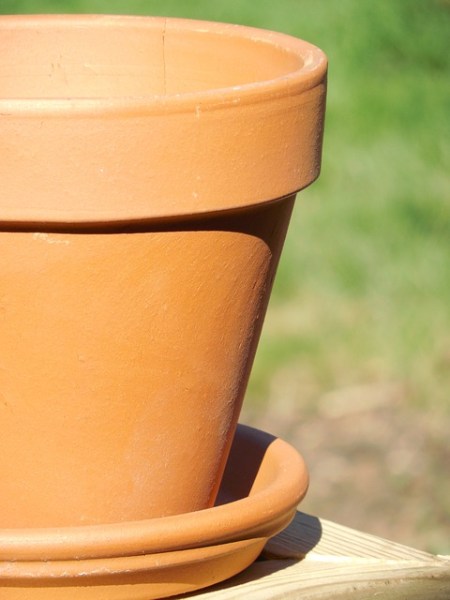
Clay pots that are very exposed to the sun can crack, to prevent them from cracking we recommend that when you buy them, the same day you bring them home, leave them submerged in water for 24 hours, and then let them dry in the air. In this way they are strengthened and will last longer without cracking. If the cracks have already appeared, you can repair them with an adhesive such as the one mentioned above.
Another alteration that clay pots can suffer is the appearance of whitish spots. There are people who see it as something decorative and that improves the aesthetics of the garden. However, other people do not like these white spots and prefer to remove them. To remove them we can use a thick bristle brush or submerge them in a mixture of water with vinegar. It is recommended to add 1 part vinegar for every 3 or 4 parts of water. They can be left submerged in for an hour and then allowed to air dry. In this way the spots disappear.
tool maintenance
It is also important that the tools we use in the garden are in good condition. We refer to pruning shears, handsaws, hoes, shovels, rakes, chainsaws, motorized tillers, brush cutters, etc.

In general, all metal tools, it is important to keep them clean and dry, so they do not rust. The ideal is to clean and dry them after each use and store them indoors, not leave them outdoors. If we see that some parts start to rust, we can remove the rust with fine-grain sandpaper.
It is also important to take care of the wooden handles, greasing them with linseed oil twice a year. This way, wood will stay in better condition and tools will last longer.
The tools used to cut, such as pruning shears, it is essential that they are well sharpened, so that they make clean cuts, that they heal well. If the scissors cut poorly, they will leave chipped cuts, with open wounds, which take longer to heal and can be a source of entry for plant diseases. Pruning shears can be sharpened with a whetstone.
It is also important to disinfect pruning tools after the work day, or every time we cut parts of a plant that has a disease. In this way we will avoid infecting other plants with our tools. Resin and sap can be removed in a dishwasher. After cleaning the tool, it should be dried to prevent rust from forming.
And all the tools that have moving parts such as chainsaws, brushcutters, hedge trimmers or that have joints, such as pruning shears, should be kept well oiled and lubricated, so that they do not jam, blockages and work with the least friction. This way they will be in better condition and will last longer. To lubricate them, there are cases in which specific products must be used, such as oil for chainsaw chains, and other cases in which we can use generic products, such as lubricating oil for the joint of the pruning shears.

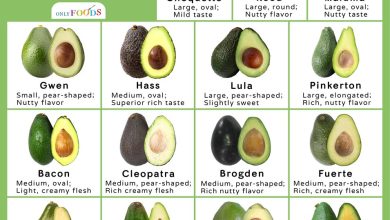
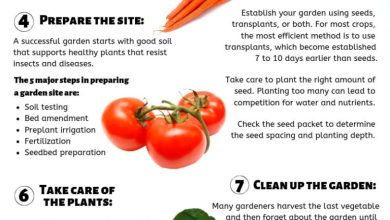
![Photo of Japanese Aucuba: [Cultivation, Care, Substrate, Irrigation, Pests and Diseases]](https://www.complete-gardening.com/wp-content/uploads/2021/06/Sembrar-Aucuba-japonica-390x220.jpg)
